
Life in Colonial America was difficult and often short. The colonial era in America, from the early 1600s to the late 1700s, was a time of great hardship, danger, and the unknown for early settlers. As English settlers carved towns and cities, they faced attacks from displaced Native American tribes, robberies, and even threats. This list will explore ten chilling facts that shed light on the grim realities of colonial life.
Deadly diseases
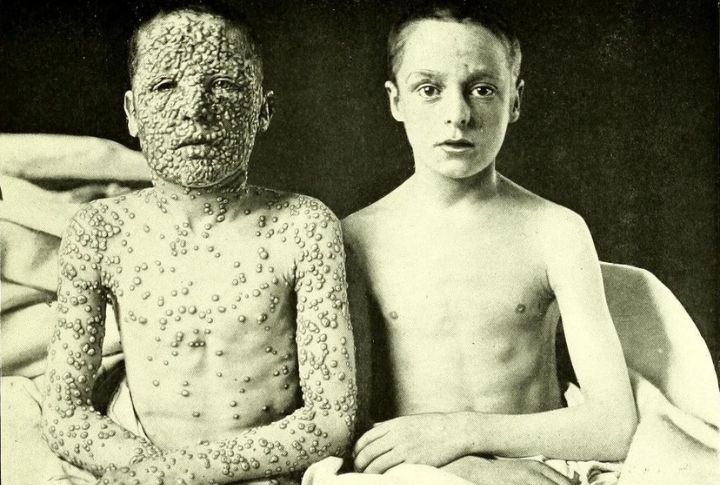
Deadly diseases like smallpox, malaria, and yellow fever ravaged communities in the 17th century. Colonists faced extreme epidemics with limited medical knowledge and rudimentary treatments, often relying on ineffective remedies. Smallpox killed almost 300,000, while malaria and yellow fever led to severe fevers and deaths.
Indigenous attacks
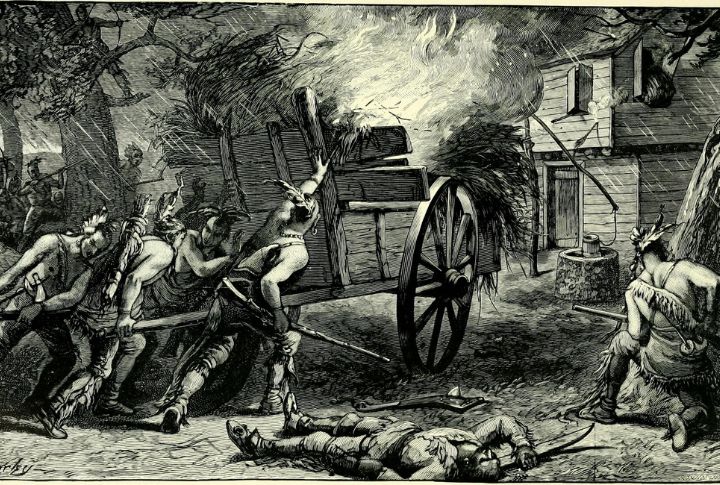
European settlers encroached on Native American lands, leading to violent clashes such as King Philip’s War. The four-year-long war decimated populations and reshaped the region’s dynamics. These conflicts and wars continued long after the British left America in 1783.
Harsh punishments
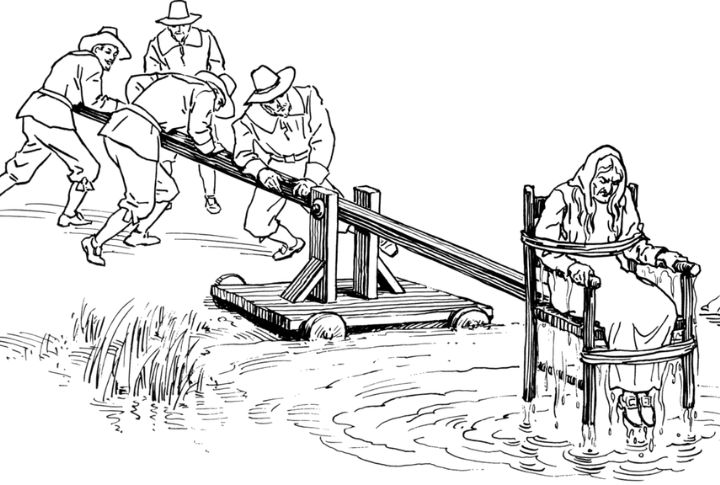
Justice was swift and often brutal in colonial America. Branding with hot irons and leaving permanent marks was designed to publicly humiliate and deter crime. The ‘Ducking stool’ method, where they were tied to a chair and dunked repeatedly into water, was often used on women accused of gossip or witchcraft.
Transportation

Only some know that colonists ingeniously utilized waterways for transportation because roadways were primarily unpaved and rudimentary. They constructed flatboats and dugout canoes to navigate rivers and streams. These vessels allowed for the efficient transport of goods and people.
Superstition

Superstitions in America blended old-world folklore with new-world anxieties in a unique way. One of them involved the “witch bottle.” Colonists believed these glass bottles, filled with nails, hair, and urine, could protect against witchcraft. They buried the bottles upside down near hearths or doorways, thinking the concoction would trap evil spirits and counteract curses.
Slavery
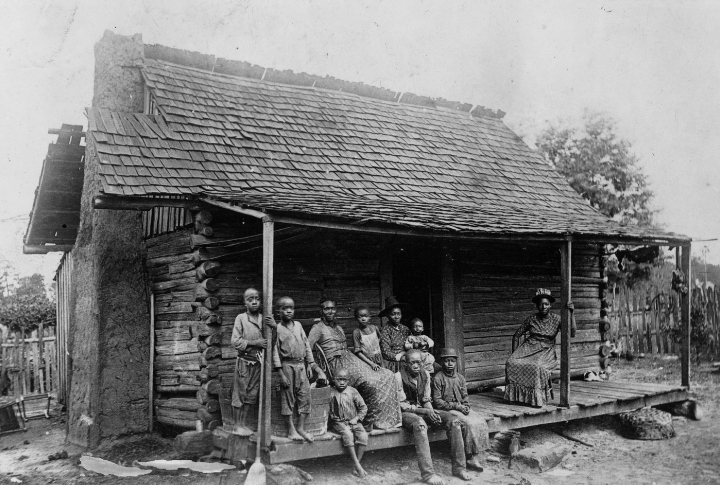
In colonial America, the harsh realities of slavery extended far beyond physical labor and brutal punishment. They faced family separations, as owners frequently sold off children and spouses to different buyers. Education was strictly forbidden, and they had no legal recourse against abuse or injustice. This dehumanization created a pervasive environment of fear and control.
Dangers of fire

Grave robbing
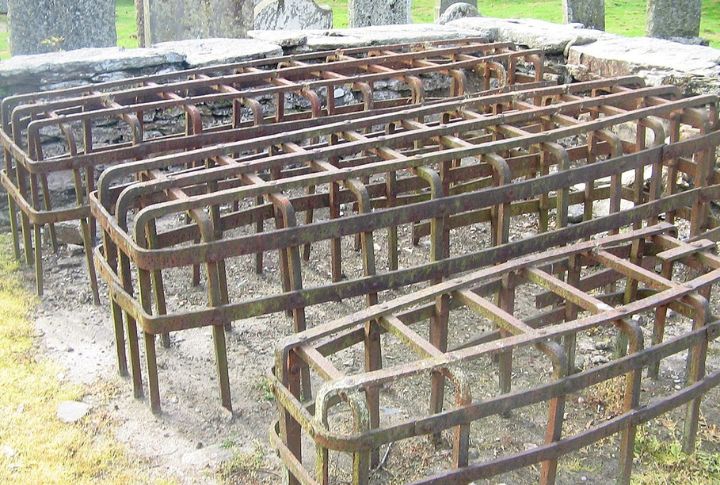
Driven by the high demand for cadavers in medical schools, grave robbing emerged as a lucrative practice. These “resurrectionists,” often medical students or hired laborers, would stealthily dig up recently buried corpses overnight. Some wealthy families invested in heavy iron coffins or intricate alarm systems to prevent thieves.
Vampires
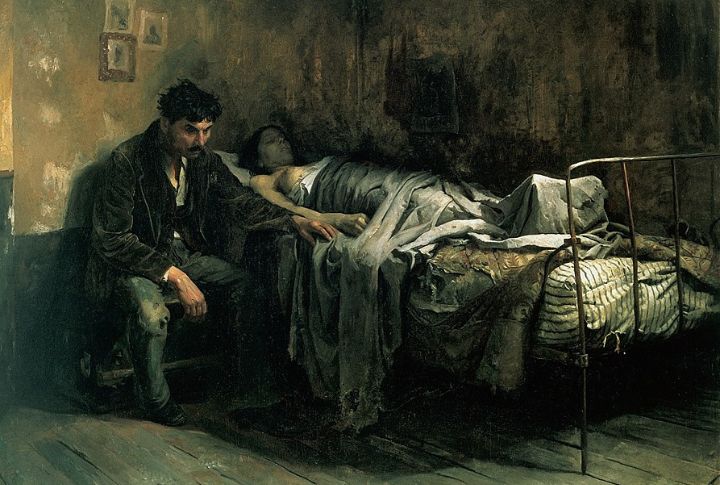
The symptoms of tuberculosis, like pale skin and coughing up blood, eerily mirrored the characteristics attributed to vampires in folklore. This uncanny resemblance fueled the belief that those afflicted with tuberculosis were being preyed upon by vampires.
Cannibalism
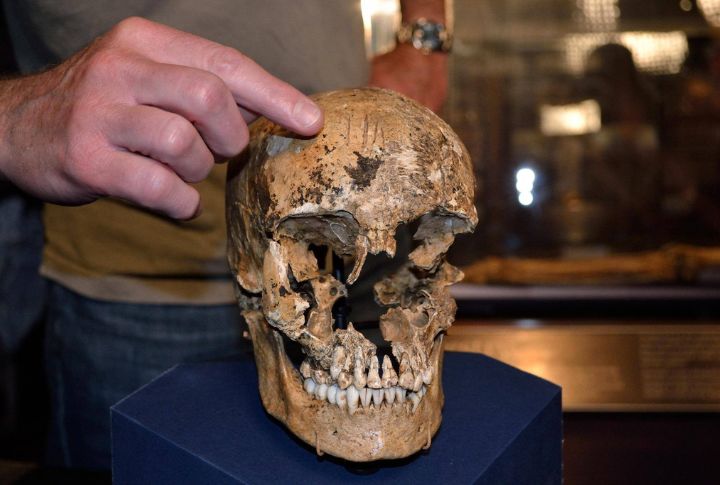
Cannibalism was recorded in Jamestown during the harsh winter of 1609-1610. Under extreme famine and desperation, some settlers resorted to consuming human flesh after they ran out of four-legged species. Archaeological evidence unearthed in recent years has confirmed this grim reality, with marks on human bones indicating butchering and consumption.
